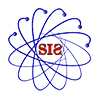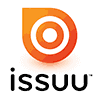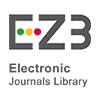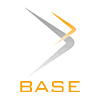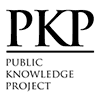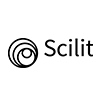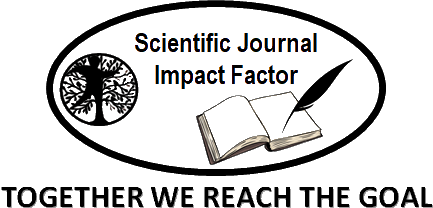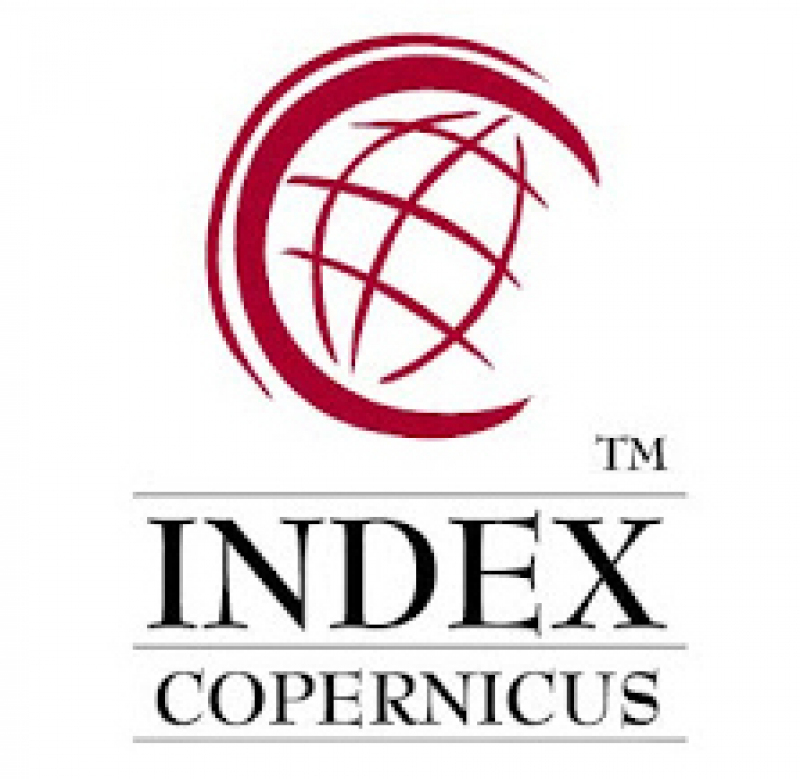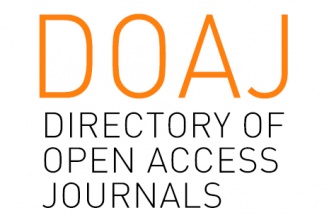An Analysis of Differences in Spatial Ability Among Junior High School Students by Their Level of Self-Efficacy
Abstract
This study aims to describe the differences in spatial ability based on self-efficacy levels among public junior high school students in the city of Yogyakarta. This research is a quantitative survey study with an ex post facto approach, conducted on 391 public junior high school students in the city of Yogyakarta. The research data were collected using a spatial ability test instrument and a self-efficacy questionnaire. The validity and reliability of the instruments were established, based on the Aiken's V rater agreement index and Confirmatory Factor Analysis for the self-efficacy questionnaire, as well as instrument reliability using Cronbach's Alpha. The analysis performed was inferential analysis at a 0.05 significance level, using Welch's ANOVA, the Games-Howell test, and Mean Value Estimation. The analysis results revealed a significant difference in the spatial ability of the student group with a "Very Low" self-efficacy level compared to all groups with "Low," "Medium," "High," and "Very High" self-efficacy levels. Meanwhile, the average spatial abilities among the "Low," "Medium," "High," and "Very High" self-efficacy levels were the same.
Keywords
Full Text:
PDFReferences
Alafgani, M., & Purwandari, E. (2019). Self-efficacy, academic motivation, self-regulated learning and academic achievement. Jurnal Psikologi Pendidikan Dan Konseling: Jurnal Kajian Psikologi Pendidikan Dan Bimbingan Konseling, 5(2), 104. https://doi.org/10.26858/jppk.v5i2.10930
Bandura, A. (1995). Self-efficacy in Changing Societies. Cambridge University Press.
Bandura, A. (1997). Self-Efficacy The Exercise of Control. W.H. Freeman and Company.
Baranová, L., & Katreničová, I. (2018). Role of Descriptive Geometry Course in Development of Students’ Spatial Visualization Skills. Annales Mathematicae et Informaticae, 49, 21–32. https://doi.org/10.33039/ami.2018.04.001
Gardner, H. (1999). Intelligence Reframed : Multiple Intelligences for the 21st Century (1st ed.). Basic Book.
Grotan, K., Sund, E. R., & Bjerkeset, O. (2019). Mental health, academic self-efficacy and study progress among college students - The SHoT study, Norway. Frontiers in Psychology, 10(45). https://doi.org/10.3389/fpsyg.2019.00045
Lenz, E. R., & Shortridge-Baggett, L. M. (2002). Self-Efficacy in Nursing: Research and Measurement Perspectives (1st ed., Vol. 15). Springer Publishing Company.
Maarif, S. (2015). Pembelajaran Geometri Berbantu Cabri 2 Plus (Panduan Praktis Mengembangkan Kemampuan Matematis) (1st ed.). In Media.
Muthumari, M. P., & Shanti, D. A. (2023). A Study of Thurstone’s Multifactor Theory from the Teacher’s Perspective. Tuijin Jishu/Journal of Propulsion Technology, 44(6), 5504–5506. https://doi.org/10.3389/fpsyg.2014.00772/full#B2
Nugroho, N. P. (2017). Analisis Kemampuan Spasial Siswa Kelas VII Smp Negeri 2 Sawit Dalam Menyelesaikan Soal Materi Segiempat Berdasarkan Level Berpikir Van Hiele. https://doi.org/http://eprints.ums.ac.id/57626/16/NASKAH%20PUBLIKASI.pdf
Pintrich, P. R., & De Groot, E. V. (1990). Motivational and Self-Regulated Learning Components of Classroom Academic Performance. Journal of Educational Psychology, 82(1), 33–40.
Safadel, P., White, D., & Kia, A. (2023). Spatial Self-efficacy and Spatial Ability: an Analysis of Their Relationship. New Review of Hypermedia and Multimedia, 29(2), 114–150. https://doi.org/10.1080/13614568.2023.2248057
Schunk, D. H. (2012). Learning Theories : an educational perspective. Pearson.
Smith, I. M. (1964). Spatial Ability Its Educational and Social Significance. University of London Press LTD.
Zimmerman, B. J. (2000). Self-Efficacy: An Essential Motive to Learn. Contemporary Educational Psychology, 25(1), 82–91. https://doi.org/10.1006/ceps.1999.1016
Zimmerman, B. J., & Schunk, D. H. (2008). Motivation and Self-Regulated Learning: Theory, Research, and Applications. Lawrence Erlbaum Associates Taylor & Francis Group.
DOI: http://dx.doi.org/10.18415/ijmmu.v12i10.7119
Refbacks
- There are currently no refbacks.
Copyright (c) 2025 International Journal of Multicultural and Multireligious Understanding

This work is licensed under a Creative Commons Attribution-NonCommercial-NoDerivatives 4.0 International License.
https://ijmmu.com
editor@ijmmu.com
facebook.com/ijmmu
Copyright © 2014-2018 IJMMU. All rights reserved.










